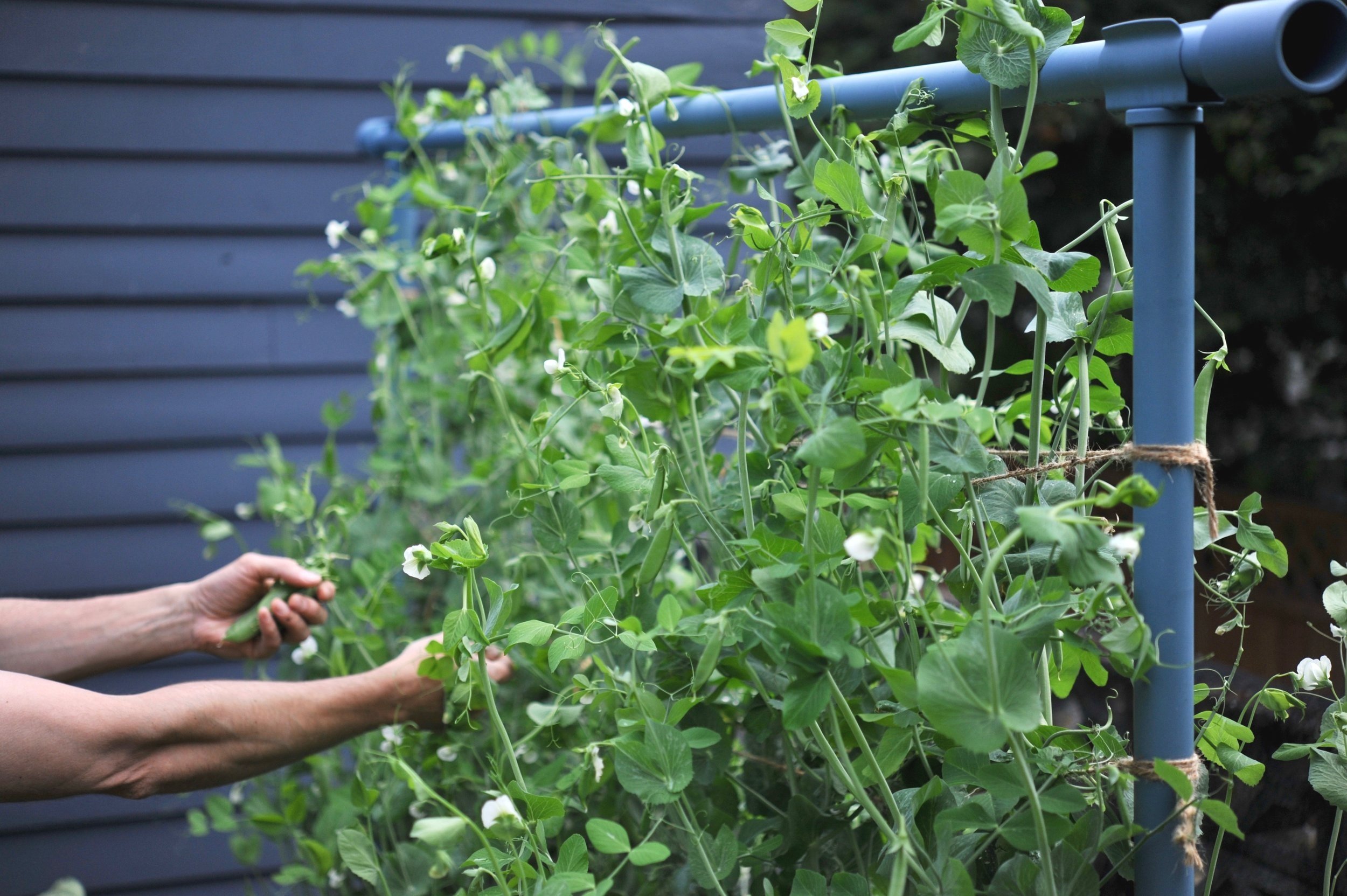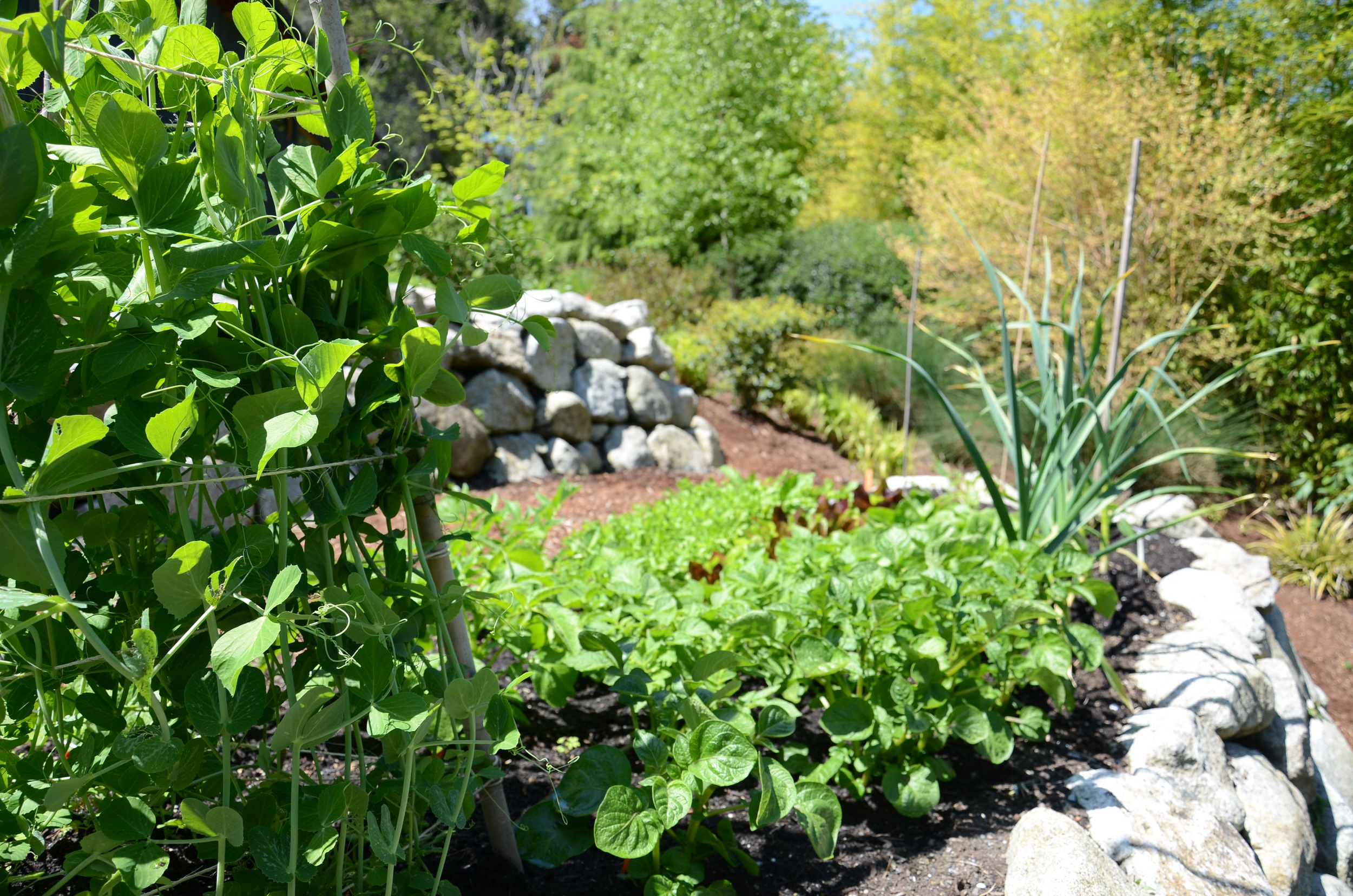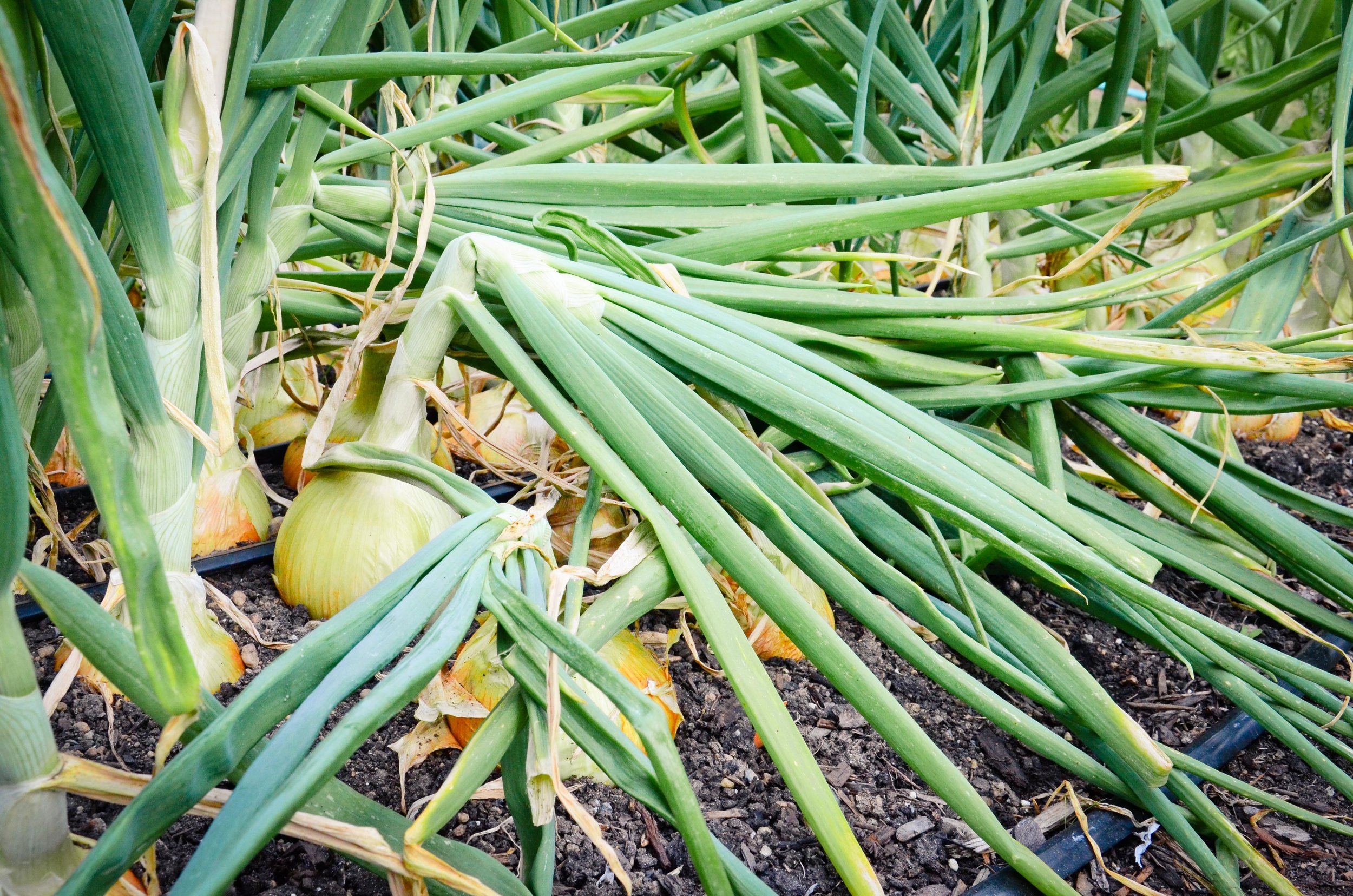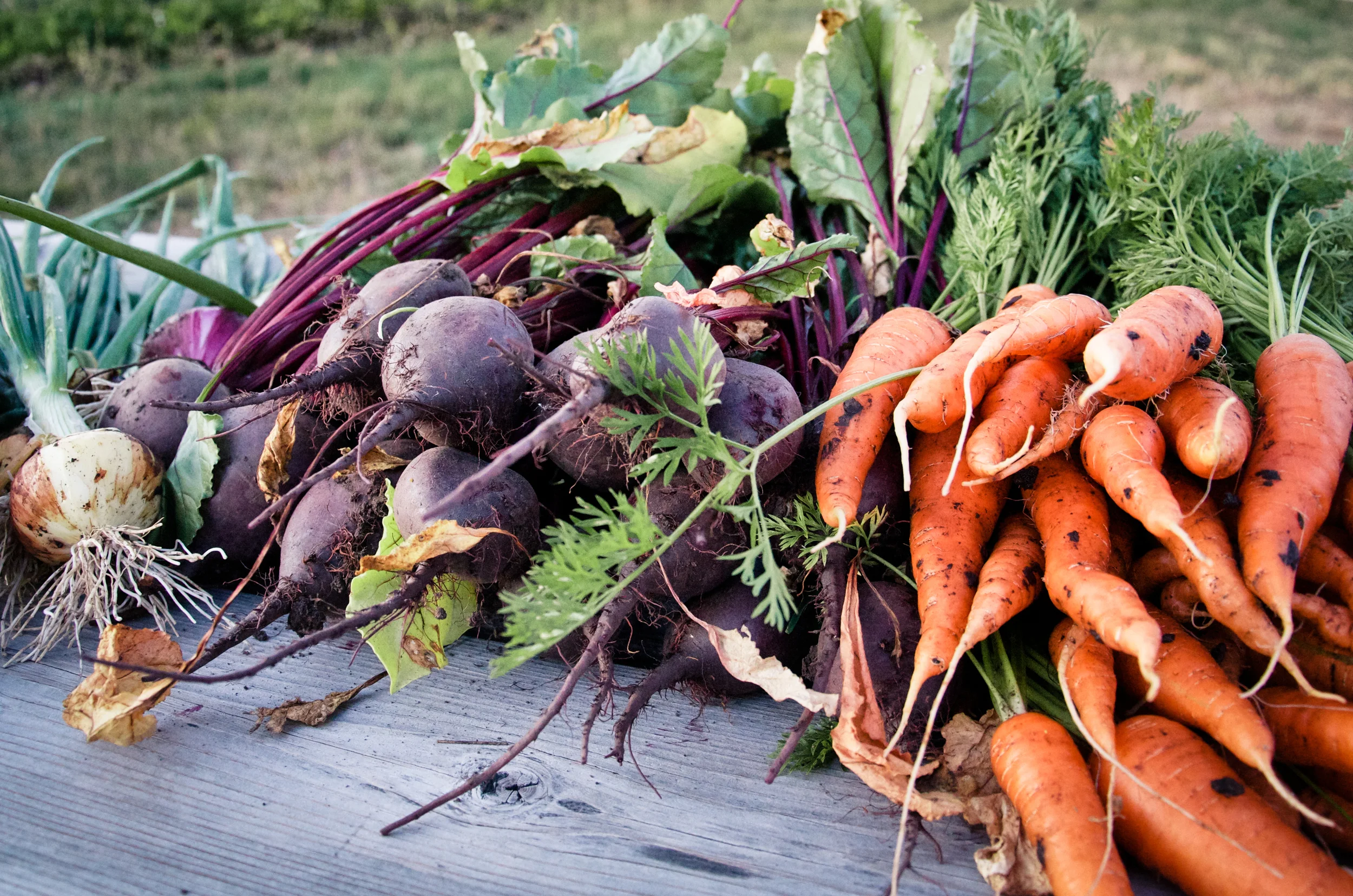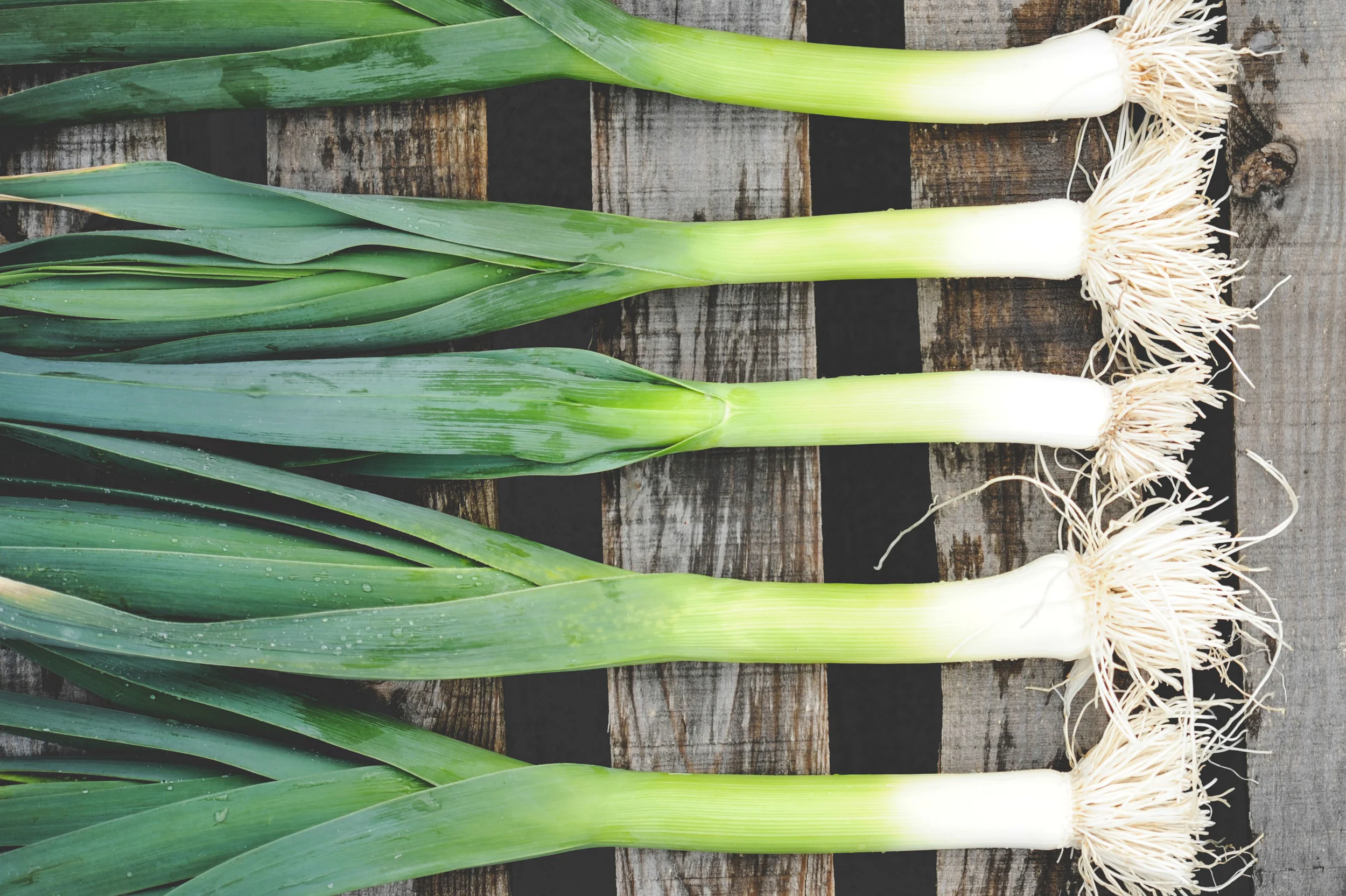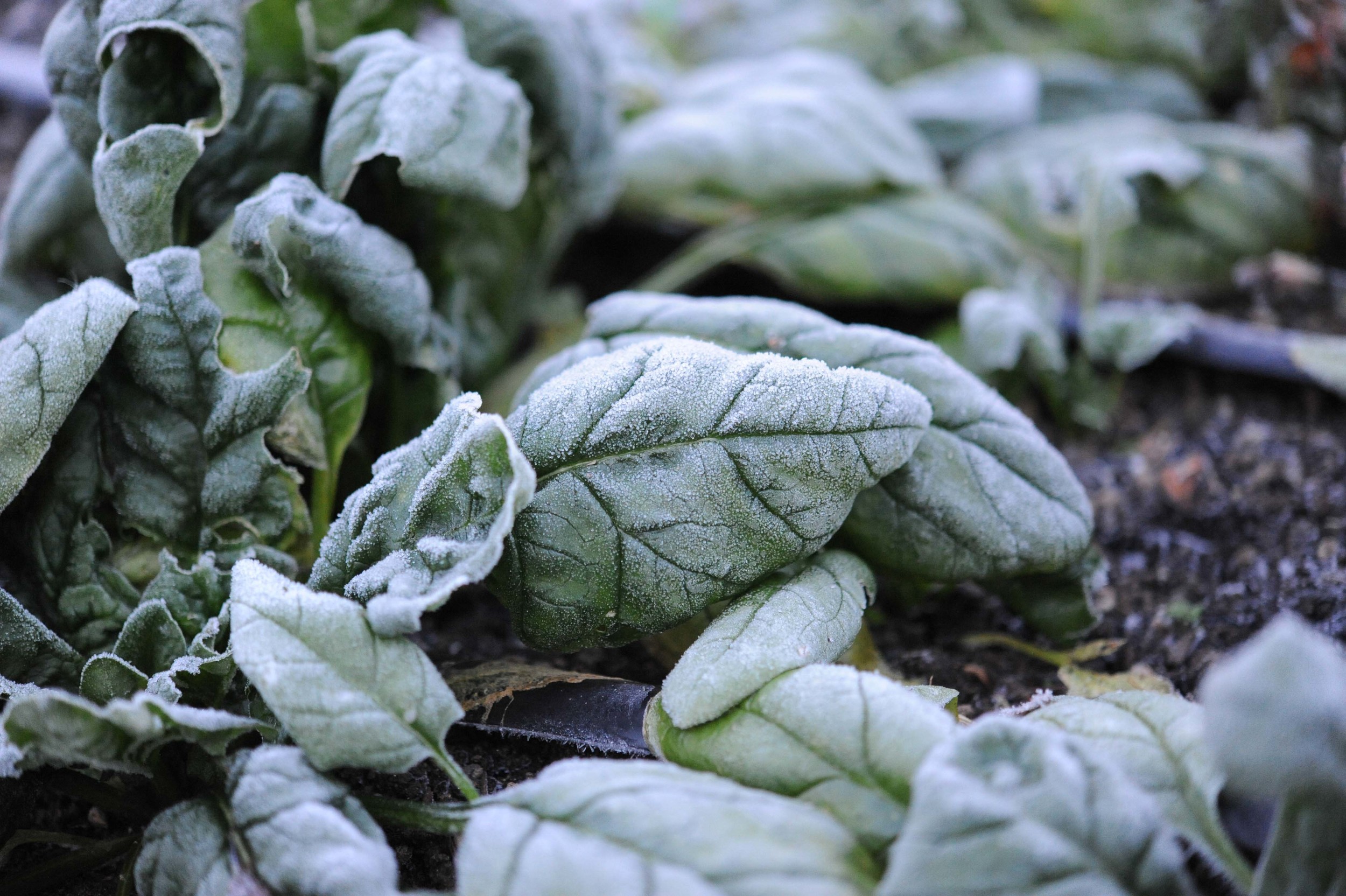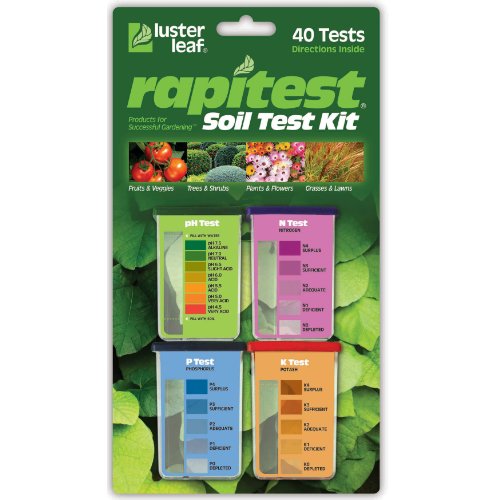If you’re at home looking for a fun project with your kids, you might want to head out to the garden and plant spring crops. Many spring crops just happen to be some of the easiest for kids to plant Peas, spinach, and fava beans all have large seeds that are easy to handle. Onions are usually grown from transplants or sets, and potatoes are grown from seed-potatoes (basically just pieces of a potato tuber).
Early spring gardening also invites other kid-friendly activities such as checking your soil’s pH, building simple trellises, weeding, and garden planning. We’ve laid out a few simple ideas to start with here, but this is just a jumping off point! Once you and your kiddos are out in the garden, you’re sure to find all sorts of fun projects (ladybug inventory?).
Checking your soil pH before planting in the spring is not only a good idea, but also a way to do a simple science experiment with your kids. We love the digital testers, but when working with kids, you want to use a manual Rapid Test Kit so they can see the colors change as the test reveals the results.
For more on vegetable garden soil pH: ENCYCLOPEDIA BOTANICA PODCAST, EPISODE 19: GARDEN SOIL PH
Peas:
Pea seed is the size of a pea (surprise!). Direct seeding peas in the ground is a very kid-friendly activity because the seed is so large and the spacing does not need to be perfect.
How to plant: Set up either a tipi or net trellis. Dig a 1-inch. deep trench along the trellis. Inoculate the seeds with a mycorrhizal fungi and sow in the trench at 2 seeds per inch. Thin to 1 plant every 2-inches. If you can find them at a nursery or grow them yourself, peas also grow well from transplants. Plant these at 1 plant every 2-inches.
When to plant: You can set out transplants as early as late February and as late as mid-May. Direct-seed peas mid-March through late April. They don’t germinate or grow well when temperatures get above 75°F, so it’s best to sow them early.
Bonus activity: If your kid is a little older, task them on building your tri-pod pea trellis. The trellis needs to withstand the weight of the peas for the season, but doesn’t need a perfectly executed feat of engineering, making it the perfect activity for an older kid.
Potatoes:
When planting potatoes, you’re burying chunks of potato in the ground every 12-inches or so. Planting potatoes is a great activity for kids because the “seed” is so large and they can already see where the plant is going to (or may have already) start to sprout! Plus, in my limited experience (aka. about 150 visits to the park with my toddler this past year), I’ve noticed that many kids love to dig big holes in the dirt!
How to plant: Potatoes are almost always planted using pieces of the tubers themselves. You can order seed potatoes or buy them from a nursery, or buy organic potatoes from the grocery store. Leave small potatoes whole, or cut mid-sized potatoes in half and large ones into quarters. Aim to plant pieces about the size of golf balls, but make sure each chunk has at least 1 or 2 eyes on it. Dig 8-inch. deep holes spaced 1-foot. apart for each piece, and add 1⁄4 cup of balanced fertilizer to the hole and mix with a trowel. Place 1 piece of potato in each hole with the eye facing up, and fill the hole with half of the soil you removed (to a depth of 4-inches.). Cover with the remaining 4-inches once the vines have grown 6–8 inches out of the soil.
When to plant: Planting potatoes is a St. Patrick’s Day tradition (March 17), but they can be sown anytime from mid-March through mid-June.
Bulbing onions:
Unlike most transplants, onions don’t mind a little abuse. They actually thrive when their roots and growing tips are trimmed (or accidentally broken off).
If you choose to grow your onions from “sets”, then the planting process is even simpler! Sets are basically tiny, immature onions, so planting them is a lot like burying a seed the size of a marble.
How to plant: If possible, plant your bulbing onions from transplants or “sets.” Sets are small, dried miniature onion bulbs that can be planted directly in the ground. The bulbs should be set in holes 6–9 inches deep, in well-prepared soil. Space bulbing onions 6-inches apart. Growing onions from seed is also possible, but in order to mature in time they must be started very early in the year.
When to plant: Onions started from seed should be sown indoors in early to mid-January. This is much earlier than other transplants, so to preserve your sanity we recommend buying these plants from a nursery for at least your first few years of gardening.
Spinach:
Spinach is yet another forgiving plant with large seeds. I prefer to direct-sow spinach in the spring. If your kiddo ends up sowing each seed 4-inches apart, you can end up growing larger plants for braising early this summer. If they sow 2-seeds per inch, you can harvest baby spinach in a month or so! It’s a win-win!
How to plant: Direct-seed or from transplants (but as noted, I prefer direct seeding in spring and with kids). Space plants every inch for baby leaves, or every 3–4 inches for large cooking leaves.
When to plant: Direct-seed any time of year once the soil temperature is 45°F or higher. For a continual harvest, plan to seed short rows every week during the growing season. Once temperatures reach consistently above 75°, spinach seed may have a difficult time germinating
We designed our first book, Food Grown Right, In Your Backyard, with school gardens in mind, so if you’re looking for some homeschooling inspiration, check it out for discussion topics such as:
What is a vegetable?
Which part of a plant do you eat?
Why do plants produce flowers?
And other fun activities like step by step instructions for how to make a worm bin or build your own raised beds!


